Major Development Platforms For Web3 Development
The third version of the web is here and is growing in popularity. Here are some of the major development platforms that you need to know about!
The growth of blockchain and the entire ecosystem around the third version of the web has been phenomenal. What just started in 2018, the growing number of developers working with the technology( almost 105,000 developers in the last four years) is hard to pin down. As a result of the growing eco-system, we now have several development platforms around blockchain which do everything from supporting ideas to mass scaling dApps.
These development platforms have helped developers and companies to focus on experience and execution rather than all the heavy lifting. In this article, we will be discussing about few of the most popular and impactful platforms around blockchain and web3.
Moralis
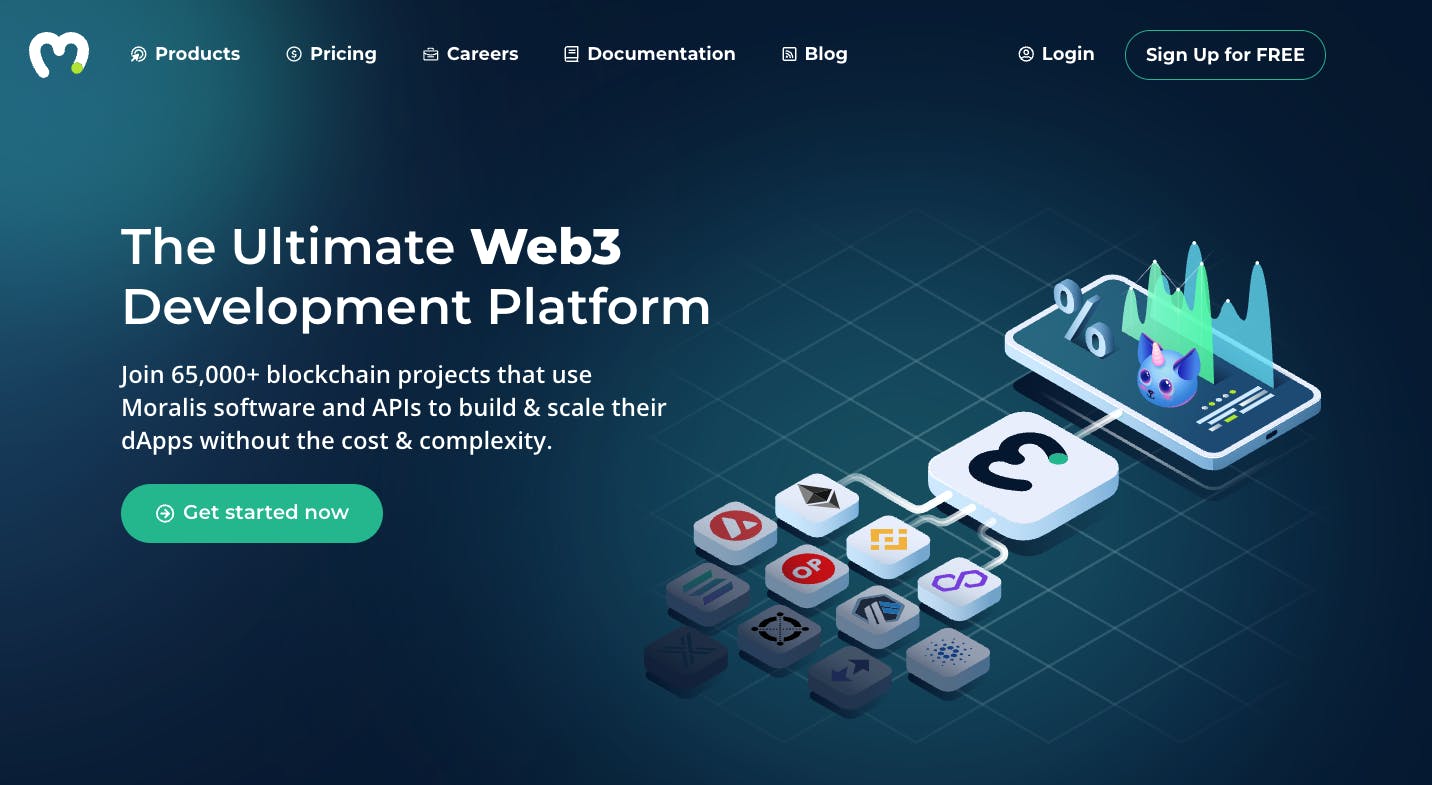
Moralis is considered the Firebase of the crypto world!
It provides a managed backend for blockchain projects, automatically syncing the balances of your users into the database and allowing you to set up on-chain alerts, watch smart contract events, build indexes, and so much more. Moralis is one of the fastest ways to build and deploy dApps on ethereum, BSC, Polygon and Solana. DApps deployed on Moralis are cross-chain by default. ie. building on Moralis ensures that your dApp is future-proof. Even if new blockchains are invented, existing dApps will instantly work on any chain. Typically there are 2 parts of any dApps:
On-chain part: The on-chain part includes smart contracts, on-chain assets like tokens and NFTs, on-chain transactions etc.
Off-chain part: This is the Backend infrastructure that collects data from the blockchain and offers an API to clients like web apps and mobile apps, indexes the blockchain, provides real-time alerts, co-ordinates events that are happening on different chains, handles the user's life-cycle and so much more.
Moralis servers are used in order to speed up the implementation of the off-chain part. It provides a bundled solution of all the features most dApps needs in order to get started as soon as possible. A typical moralis server dashboard looks as shown below and has the following information:

- Network: Network traffic per second
- CPU: Server's CPU Usage
- RAM: Server's RAM Usage
- DISK: Server's Disk Usage
ThirdWeb
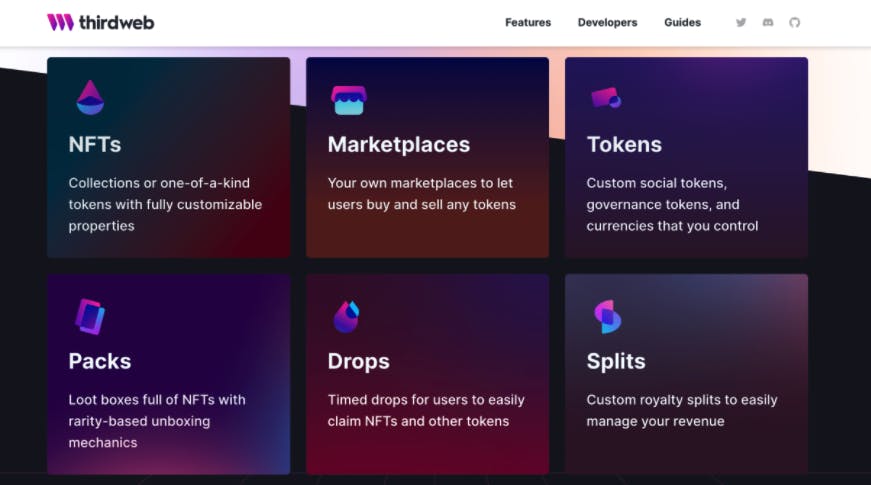
ThirdWeb provides smart contracts, SDKs and UI components that creators, game studios and developers can integrate into their dApps. It helps one to create NFTs and custom tokens, manage drops, develop their own white label marketplace, and much more. The tools and SDKs in ThirdWeb are free to use and one just has to pay a small percentage of any royalty that they receive. The SDKs are currently available in JavaScript and Python.
Alchemy

Alchemy Web3 is a wrapper around Web3.js, providing enhanced API methods. The key features provided by Alchemy are:
- Automatic Retries on the rate limit.
- Upgraded WebSockets which don't miss events if the
WebSocketneeds to be reconnected.
- Seamless provider handling where most requests will be sent through Alchemy, but requests involving signing and sending transactions are sent via a browser provider like Metamask or Trust Wallet if the user has it installed, or via a custom provider specified in options.
Graph
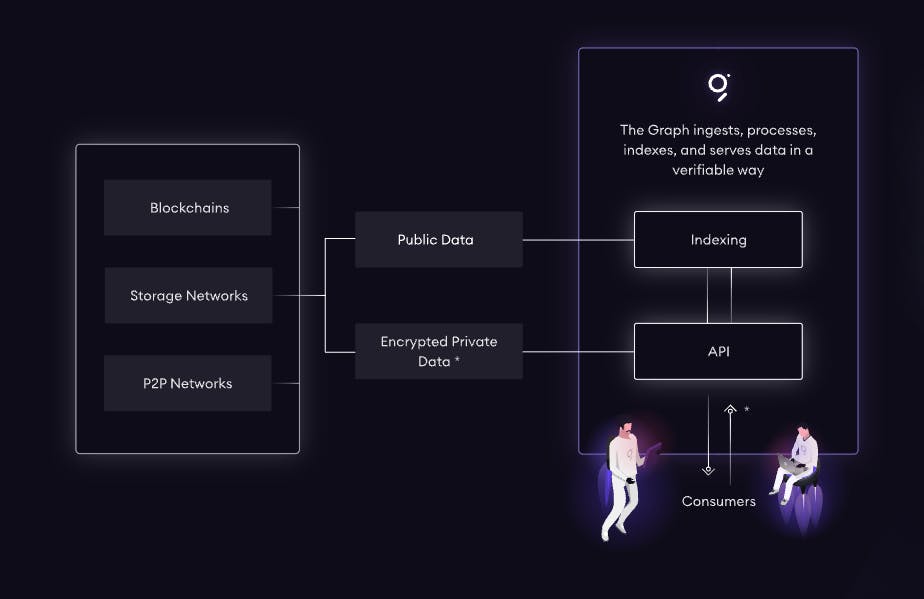
Graph is an indexing protocol for querying networks like Ethereum and IPFS and snyone can use this to build and publish open APIs called subgraphs, making data easily accessible. This in practice does for Web3 what Google does for the existing internet.
There are two products within it:
Graph Explorer helps us search existing subgraphs deployed on blockchain networks like ethereum and IPFS.
 These are deployed subgraphs. We can use them to search for subgraphs and look for their information.
These are deployed subgraphs. We can use them to search for subgraphs and look for their information.
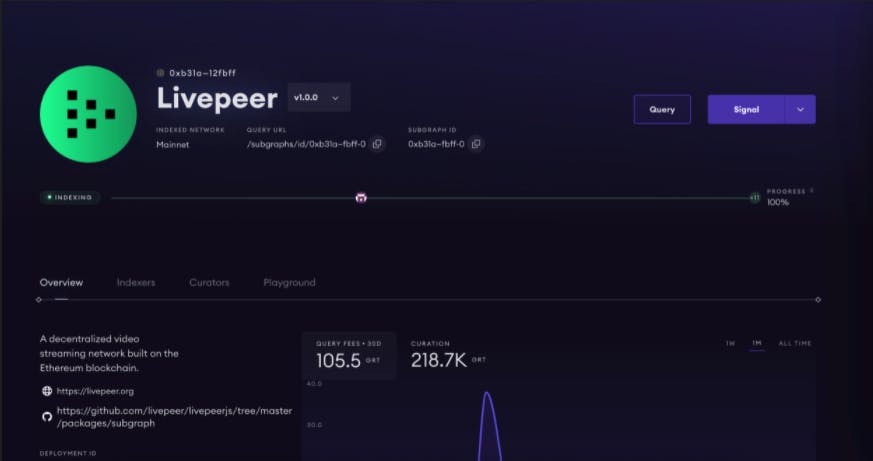 This information includes network, query url, subgraph id, what it is, domain url, github url, query fees, etc. The signal button present helps indicate that indexing of this subgraph is important.
This information includes network, query url, subgraph id, what it is, domain url, github url, query fees, etc. The signal button present helps indicate that indexing of this subgraph is important.
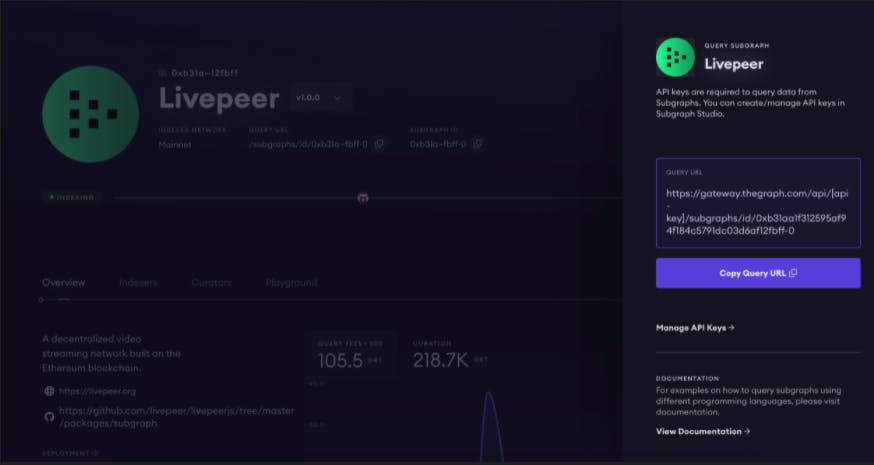 For any query operations, we need to create an API through Manage API Keys link, and then look into their documentation further.
For any query operations, we need to create an API through Manage API Keys link, and then look into their documentation further.
Subgraph Studio: Subgraph studio helps us to create subgraphs which are Open APIs built on top of blockchain data.
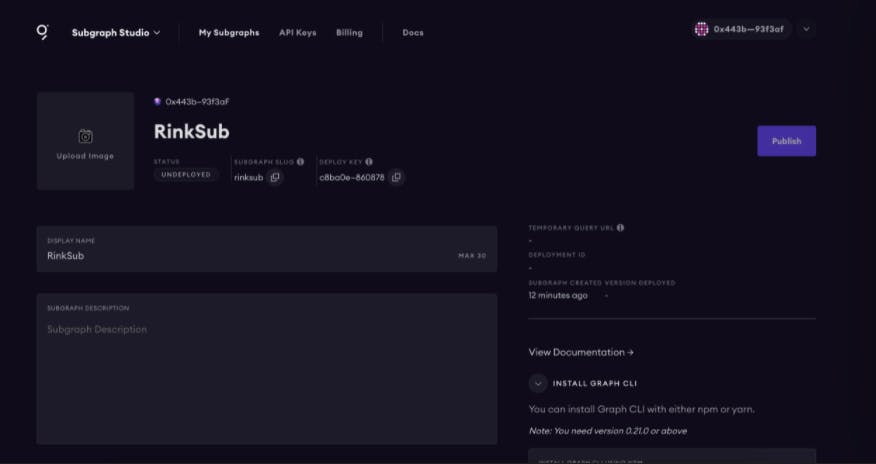 Using Studio, you can create your own subgraphs or Open API for querying blockchain data of your choice. For example, an NFT API!
Using Studio, you can create your own subgraphs or Open API for querying blockchain data of your choice. For example, an NFT API!
Key features of Graph:
It's the easiest way to index and querying data.
It's transparent being an open source network and not a proprietary software.
It's completely decentralised and robust, maintaining the ethos of Web 3.0
It's built on top of GraphQL.
SuperFluid
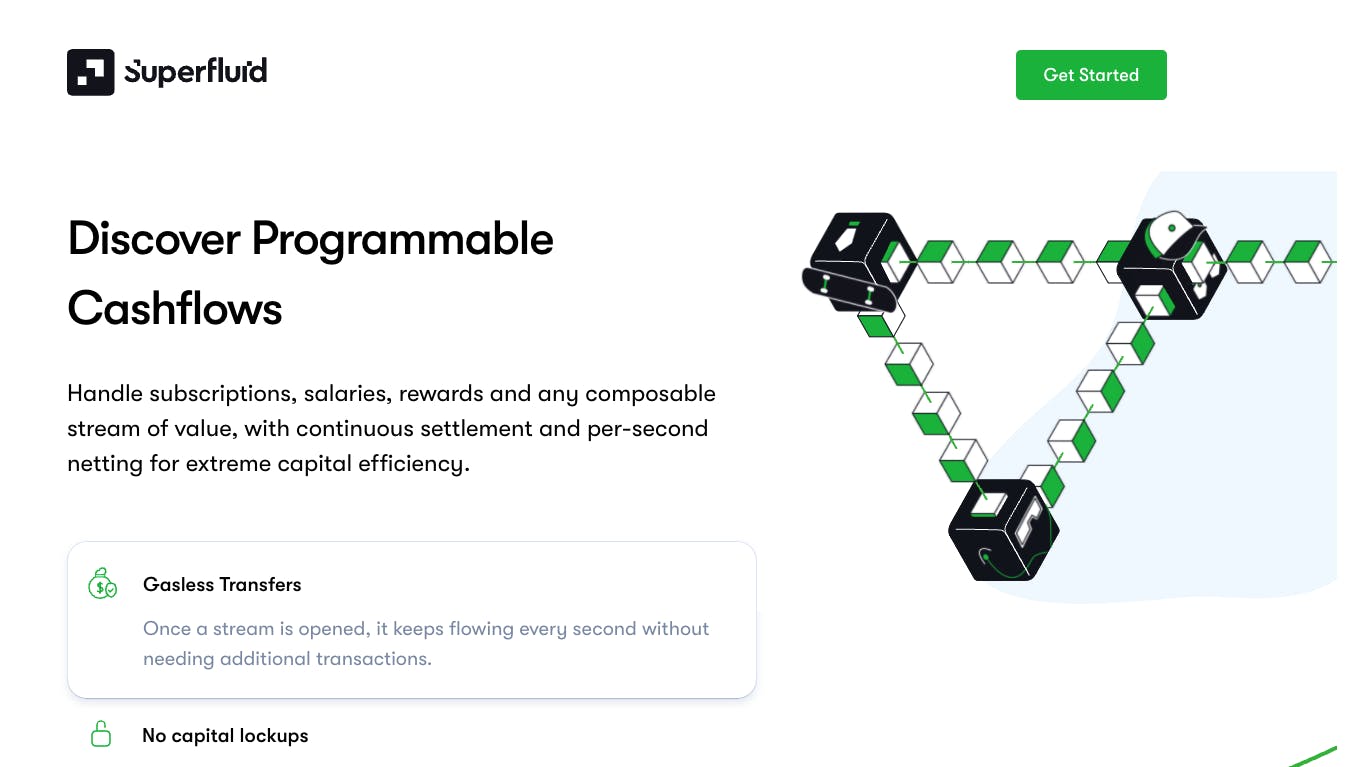
Superfluid is a new DeFi Primitive that automates recurring transactions by allowing tokens to flow seamlessly on Ethereum. It enables a variety of functions from money streaming to one-transaction reward distributions, smart contract callbacks, a user level batch-call system, and an SDK for dApps. Let's have a look at some of its functions:
Money Streaming: Sends endless streams without locking your tokens upfront and the stream will keep flowing until you stop it or run out of funds. Receivers will recieve the tokens directly in their wallet and no withdrawal required.
Instant Distribution: This means it distributes rewards from one wallet to thousands of recipients in a single transaction.
Buildspace

Buildspace is an exciting space for developers that are curious about web3 but not sure where to start , making perfect spot for them. One can learn and build parallely, earn NFTs, as well as access secret work opportunities in the crypto space on this technology.
Conclusion
These are some of the many development platforms in Web3 and they have made it big for the many advantages that they offerIn the next article, we will be finally getting started with blockchain development and will be writing our first smart contract.
This article is part of Research & Development work being done by Pushkar Kumar, Suresh Konakanchi, and Ruchika Gupta. We will be covering a series of articles along with open source projects around blockchain, smart contracts, and web3 in general. Here is the list of all the articles that you can follow to start with Blockchain and write your first contract:

